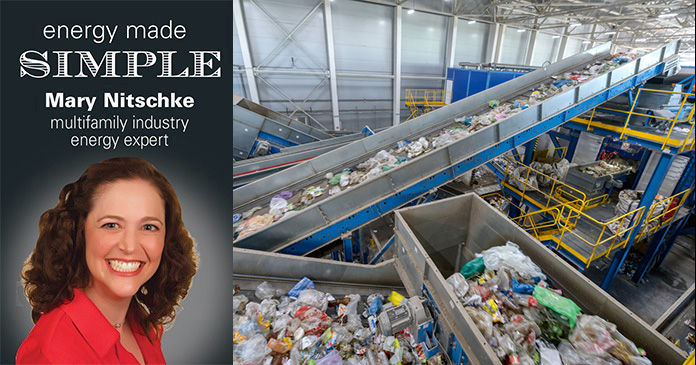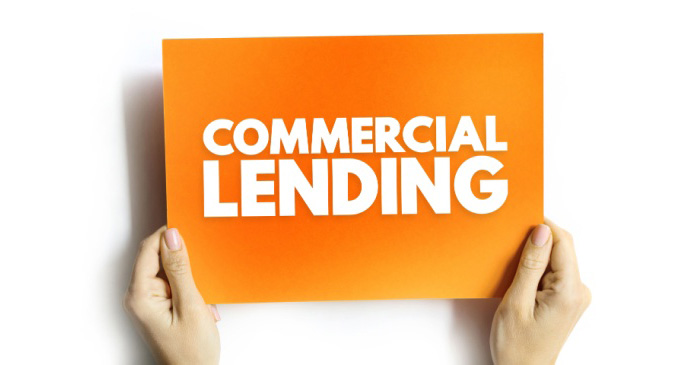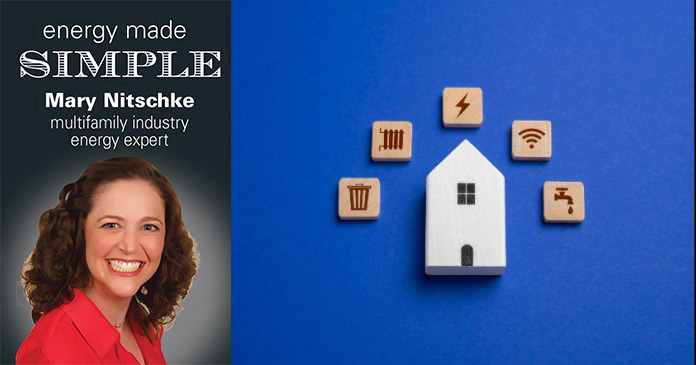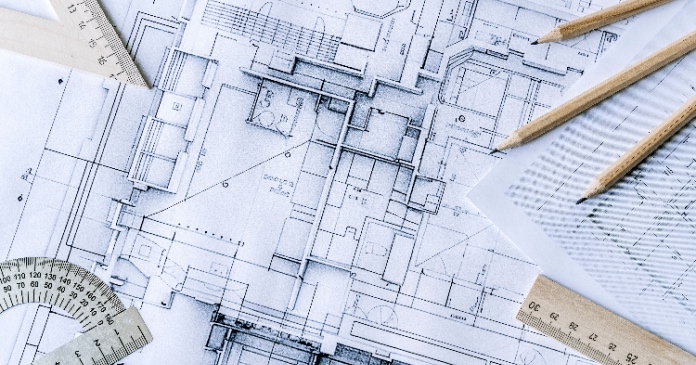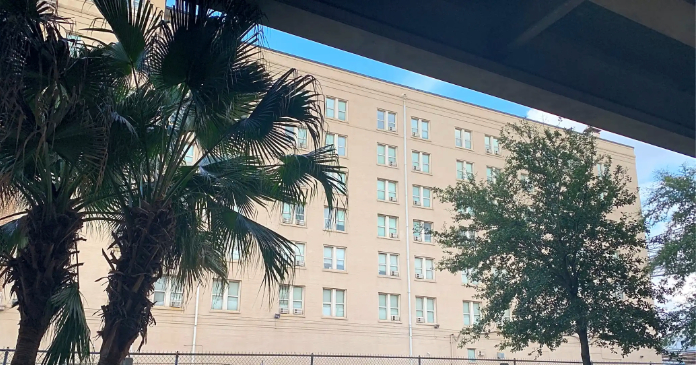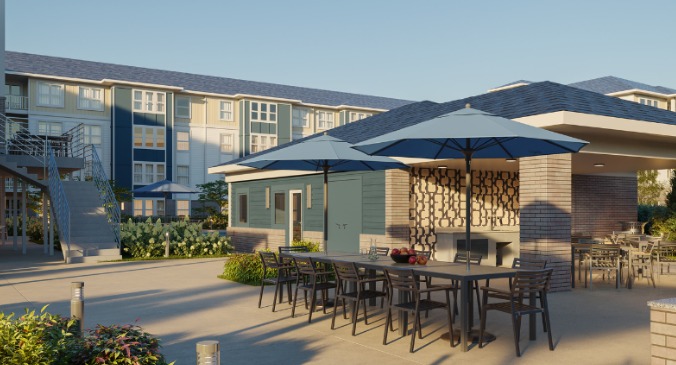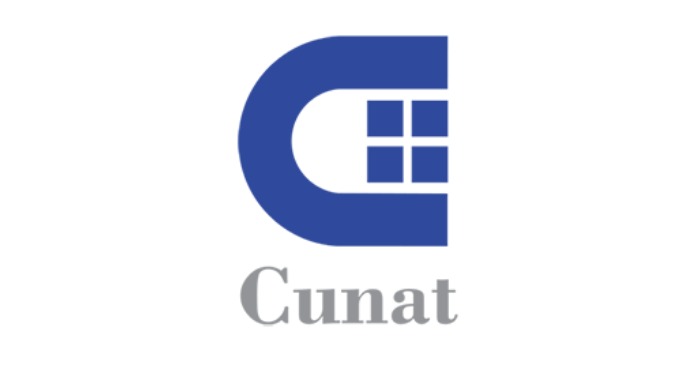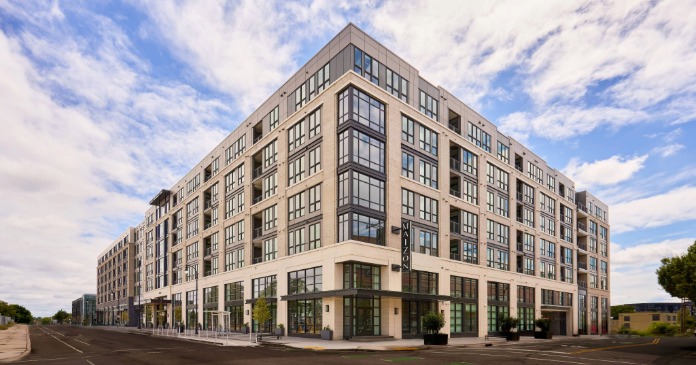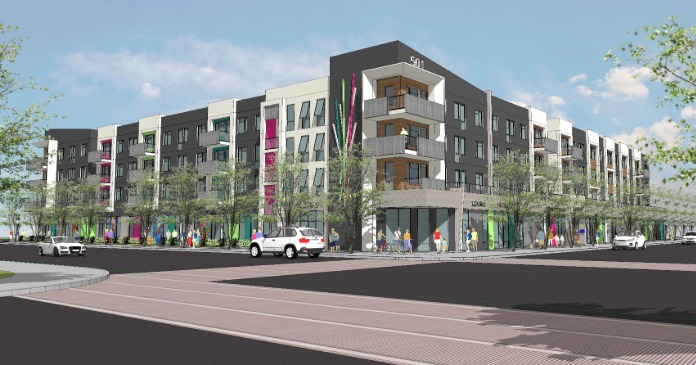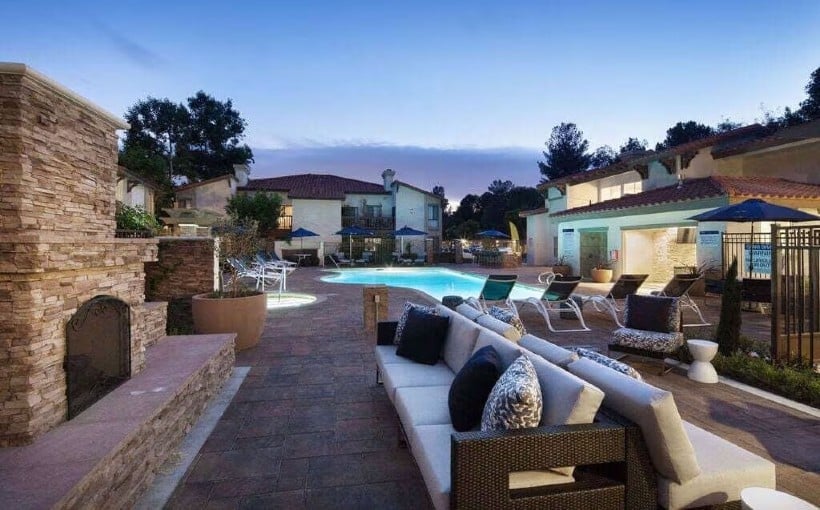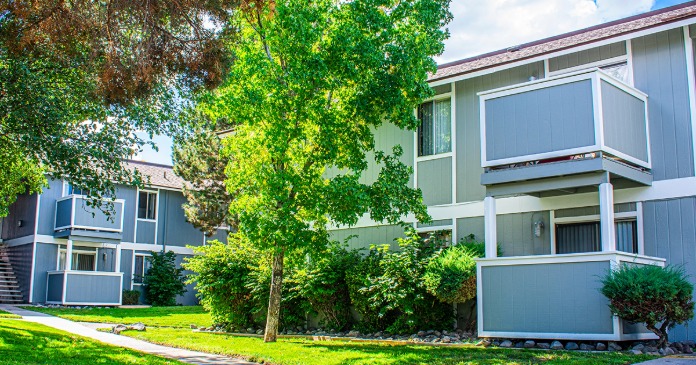In the 2010’s, if you attended an industry conference, you saw the latest amenity for residents on the expo floor: package lockers. These magnificent banks of lockers allowed companies like Amazon to deliver resident purchases to the property and, hopefully, somewhat bypass the leasing office which had become a repository for these boxes. The upsides of package lockers: residents got a safe, secure place for their purchases to be stored until they could be conveniently retrieved, and the leasing office staff got back their office, at least to some degree. The downside: the lockers meant online shopping was promoted and this contributed to the increase in online shopping. In fact, online shopping increased by 800% between 2010 and 2020.
When I first saw package lockers and my marketing team touched them like a fancy show pony, all I could think was, “Where are we going to put all that cardboard?” (Apparently, I was looking at a different end of the show pony than my coworkers).
So, the question “where does it go?”, brings me to a deeper dive into MRF’s (Material Recovery Facilities) which the Recycling Partnership described last week in their five-part series, Recycling for Residents (which they define as residents of both single-family and multifamily housing).
What exactly is a Materials Recovery Facility?
MRFs (often pronounced “murfs”) are specialized plants that receive, sort, and prepare recyclable materials for reprocessing into new products. Think of them as highly organized and increasingly automated sorting centers. Trucks unload collected recyclables – a commingled mix of paper, cardboard, plastics, glass, and metals onto a tipping floor. From there, a complex system of conveyor belts, screens, magnets, optical sorters, and increasingly, AI-powered robots, work in concert with human staff to separate the materials. The primary goal of an MRF is to produce clean, marketable streams of individual materials that can then be sold to manufacturers as raw feed stock for new goods. According to the Recycling Partnership’s data, MRF’s are on the rise.
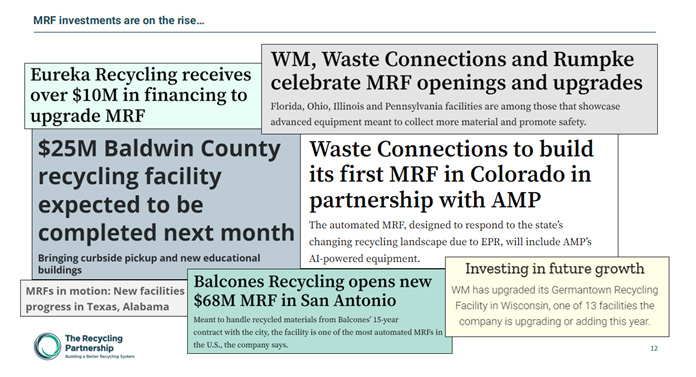
Why Are More MRFs Being Built?
- Growing demand for recycled content: Manufacturers are increasingly seeking to incorporate recycled materials into their products. This is driven by consumer demand for sustainable goods, corporate sustainability goals, and sometimes, cost savings compared to virgin materials. The prices for virgin plastics and paper, for example, can be volatile, making recycled alternatives more attractive.
- Stricter regulations and recycling mandates: More cities and jurisdictions are targeting zero waste strategies. I was surprised that Phoenix Arizonia has commitments to achieve zero waste by 2050. This means they are actively pursuing communication strategies, secondary market revenue streams, and (you guessed it) MRF’s.
What does this mean for multifamily?
If jurisdictions add more MRF’s, they will want material streams in order to make the ROI on those MRF’s worthwhile. This means that, from a regulation standpoint, we should anticipate more emerging policy requirements around our diversion rates. Proactively, we need to start thinking about a few things:
- Understand our diversion rates. This key information will make us more agile as an industry as requirements shift.
- Understand our existing construction: We need to look at our existing properties’ trash areas, asking ourselves if we have the proper mix of recycling and waste containers (this will also help us with costs in many markets since the MRF’s make revenue in reseller markets).
- We need to both understand what materials the MRF’s in our cities can accept for recycling and provide clear communication and education to our residents.
- Add recycling containers to our model units to give our residents ideas on how they can incorporate sorting in their unit. This also shows our property’s commitment to the environment and starts the conversation about what can and cannot be recycled in that market.
Super fun fact: MRF’s are open for free public tours this month. To locate the MRF near you and sign up for a tour, please click here.


